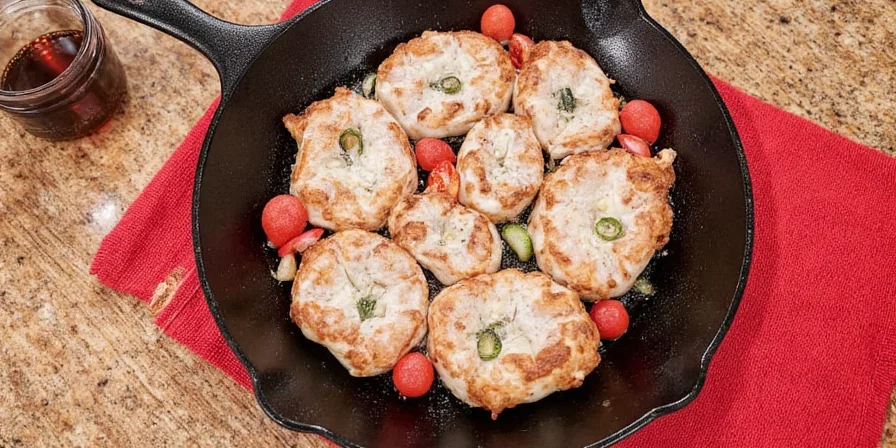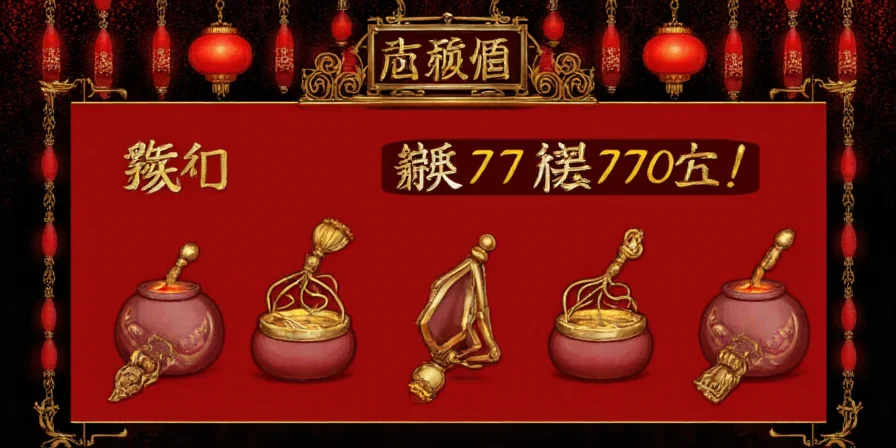7 Smoky Secrets of Mexican Dry Chili You Never Knew (But Definitely Should!) 🌶️
Mexican dry chilies are like the rock stars of the spice rack — bold, complex, and full of personality. Whether you're a seasoned pro or just starting to explore the fiery flavors of Mexico, this guide will take your culinary game to the next level.
In this article, we’ll walk you through everything from identifying different types of chilies to roasting, grinding, and using them in your everyday cooking — all while keeping it fun, flavorful, and full of practical tips.
Table of Contents
- Introduction
- The Usual Suspects: Common Mexican Dry Chilies
- Roast It Right: How to Toast & Bloom Flavor
- From Powder to Plate: Creative Uses for Dry Chilies
- Store Smart: Keep Your Chilies Fresh Longer
- Spice Up Your Pairings: What Goes With What?
- Don’t Burn Out: Handling Hot Chilies Safely
- Conclusion: Let the Heat Be Your Guide
The Usual Suspects: Common Mexican Dry Chilies
Before diving into recipes, let’s meet the cast. Here’s a handy table to help you tell your ancho from your guajillo:
| Name | Heat Level (Scoville) | Flavor Profile | Best For | Picture |
|---|---|---|---|---|
| Ancho | 1,000–2,000 | Sweet, fruity, slightly smoky | Mole sauces, stews |  |
| Guajillo | 2,500–5,000 | Berries, tea, citrus peel | Salsas, marinades |  |
| Pasilla | 2,500–4,000 | Raisin-like, earthy, herbaceous | Mole negro, sauces |  |
| Chipotle | 5,000–10,000 | Smoky, sweet heat | Tamales, soups |  |
| Arbol | 15,000–30,000 | Grassy, sharp heat | Hot oil, garnish |  |
Pro tip: If you’re ever stuck at the market, remember this: Ancho = mellow sweetness, Guajillo = fruity brightness, Arbol = spicy punch!
Roast It Right: How to Toast & Bloom Flavor
Toasting dry chilies is like turning on their flavor switch — it brings out their natural oils, enhances aroma, and deepens taste. Here's how to do it right:
- Stovetop method: Place chilies in a dry skillet over medium heat. Flip every 10–15 seconds until fragrant (about 1–2 minutes per side). Watch closely — they burn fast!
- Oven method: Spread chilies on a baking sheet and toast at 300°F (150°C) for 8–10 minutes. Perfect for large batches.
- No tools? No problem: Wrap in foil and place under a preheated broiler for 2–3 minutes. Just don’t wander off!

Once toasted, rehydrate them by soaking in hot water or broth for 15–20 minutes before blending into sauces or pastes. Pro tip: Add a pinch of vinegar or lime juice to the soak water to enhance color and flavor.
From Powder to Plate: Creative Uses for Dry Chilies
Dry chilies aren’t just for mole and tacos. Think outside the pan! Here are 5 unexpected ways to use them:
- Chili Salt: Mix ground ancho or guajillo with sea salt for a smoky seasoning that works wonders on grilled meats or popcorn.
- Chili Oil: Infuse olive or vegetable oil with crushed arbol or chipotle for a fiery drizzle over noodles, pizzas, or even avocado toast.
- Spiced Coffee: Add a pinch of pasilla powder to your morning coffee grounds for a rich, earthy twist. Seriously delicious with chocolate notes.
- Chili Butter: Whip softened butter with mashed roasted chilies and lime zest. Great on steak, corn, or crusty bread.
- Chili Dust: Blend dried chilies with cumin, garlic powder, and smoked paprika for a homemade spice mix ideal for rubs or rimming cocktail glasses (hello, michelada!).

Store Smart: Keep Your Chilies Fresh Longer
You spent time picking the perfect chilies — now treat them right! Here’s how to store them without losing flavor:
- Whole chilies: Store in an airtight container or sealed bag in a cool, dark place. They’ll keep for up to a year — but trust me, you’ll be reaching for them way sooner.
- Ground chilies: Grind only what you need and store in a tightly sealed jar away from light and heat. Once ground, their potency drops faster than a jalapeño in a blender.
- Freeze it: If you’ve made a chili paste or sauce, freeze in ice cube trays for easy portioning later.

Spice Up Your Pairings: What Goes With What?
Pairing chilies isn't just about heat — it's about harmony. Here’s a quick cheat sheet to get you started:
| Chili Type | Flavor Companions | Best Dish Match |
|---|---|---|
| Ancho | Cinnamon, cloves, chocolate | Mole poblano |
| Guajillo | Lime, cilantro, tomatoes | Red enchilada sauce |
| Pasilla | Plums, nuts, apples | Mole negro |
| Chipotle | Orange, honey, pork | Al pastor tacos |
| Arbol | Garlic, sesame seeds, soy sauce | Hot chili oil drizzle |
Don’t Burn Out: Handling Hot Chilies Safely
We love the fire, but nobody wants it in places it doesn’t belong. Follow these simple safety rules:
- Use gloves! Or wash your hands thoroughly after handling any hot chili. Don’t touch your face unless you want a spicy surprise.
- Avoid inhaling fumes: When toasting or chopping, open a window or turn on the vent. Those capsaicin vapors can sting the eyes and lungs.
- Have milk ready: Water won’t help — dairy does! Milk, yogurt, or sour cream neutralize the heat better than anything else.
- Test before you commit: Taste a tiny piece first. You can always add more heat, but you can’t take it back once it’s in the pot.

Conclusion: Let the Heat Be Your Guide
Mexican dry chilies are more than just heat — they’re depth, history, culture, and soul. Whether you're making a classic mole or spicing up your weekend BBQ, understanding these ingredients can transform your cooking from good to unforgettable.
So next time you’re eyeing that dusty-looking chili in the back of your pantry, give it some love. Toast it, grind it, infuse it, or soak it — just don’t let it go to waste. Because when it comes to dry chilies, the deeper you dive, the more flavor you’ll find.

Now go forth, spice warrior, and conquer your kitchen — one smoky, fiery bite at a time.











 浙公网安备
33010002000092号
浙公网安备
33010002000092号 浙B2-20120091-4
浙B2-20120091-4